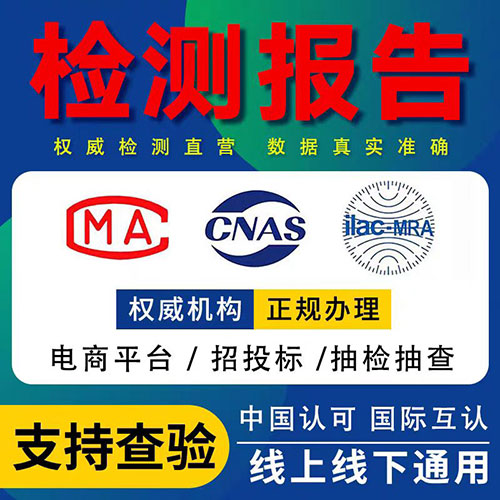质量符合rohs声明英文
Introduction
The Restriction of Hazardous Substances (RoHS) Directive was first introduced by the European Union (EU) in 2002. It is an environmental regulation designed to reduce the use of hazardous materials in electronic and electrical equipment. The RoHS directive restricts the use of six hazardous substances in electronic and electrical equipment, including lead, mercury, cadmium, hexavalent chromium, polybrominated biphenyls (PBBs), and polybrominated diphenyl ethers (PBDEs).
What is the Purpose of RoHS?
The purpose of RoHS is to protect human health and the environment by reducing the amount of hazardous substances used in electronic and electrical equipment. The six restricted substances can have a negative impact on the environment and human health, so their use in equipment is regulated. RoHS aims to reduce the amount of hazardous waste generated by electronic equipment, as well as to minimize the impact of these materials on the environment and people's health.
What Products are Covered by RoHS?
RoHS applies to a wide range of electronic and electrical equipment, including but not limited to:
- Large and small household appliances
- Consumer electronics
- Lighting equipment
- Medical devices
- Power tools
- Telecommunications equipment
The directive also applies to components and spare parts used in electronic and electrical equipment.
Compliance with RoHS
To comply with RoHS, manufacturers must ensure that their products are free from the restricted substances. They must also provide documentation to prove compliance. This documentation may include technical files, test reports, and declarations of conformity. Compliance with RoHS is required in all member states of the EU and applies to products whether they are manufactured within the EU or imported.
Benefits of Compliance
Compliance with RoHS can bring a number of benefits to manufacturers, including:
- Improved commitment to environmental responsibility
- Enhanced reputation and trust from customers
- Increased opportunities for business development
- Meeting regulatory requirements for access to international markets, such as the EU and China
Conclusion
In summary, the RoHS directive is an important environmental regulation that aims to reduce the use of hazardous substances in electronic and electrical equipment. Compliance with RoHS is required in all member states of the EU and applies to a wide range of equipment and components. Manufacturers who comply with RoHS can benefit from improved environmental responsibility, trust from customers, and access to international markets.

 有样品要送检?试试一键送检,15分钟极速响应
有样品要送检?试试一键送检,15分钟极速响应



